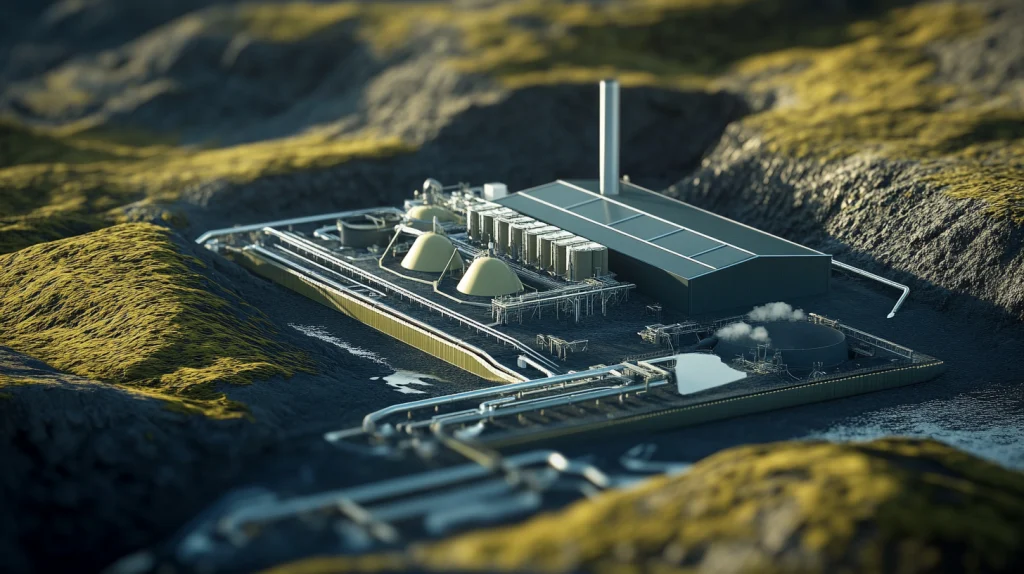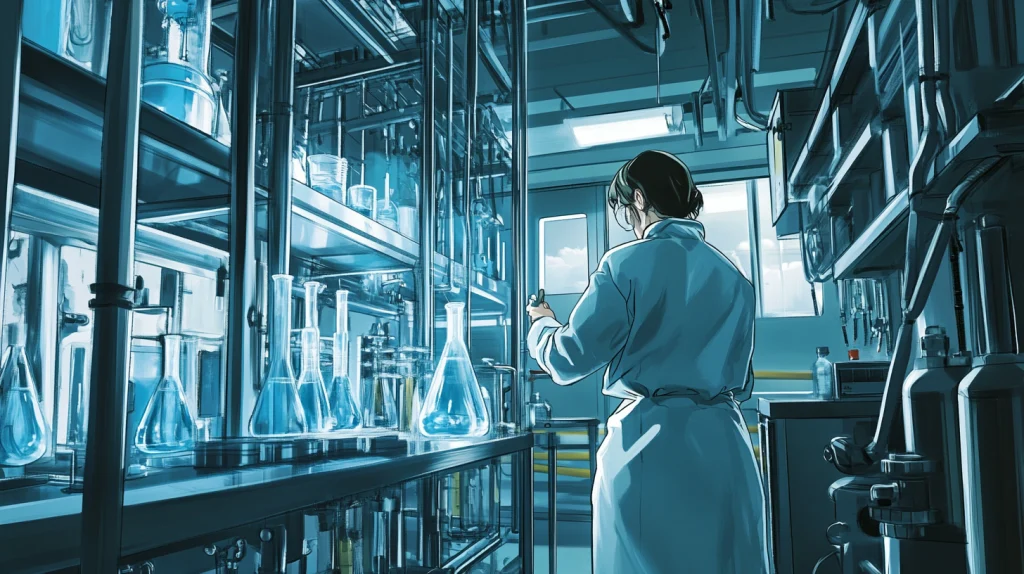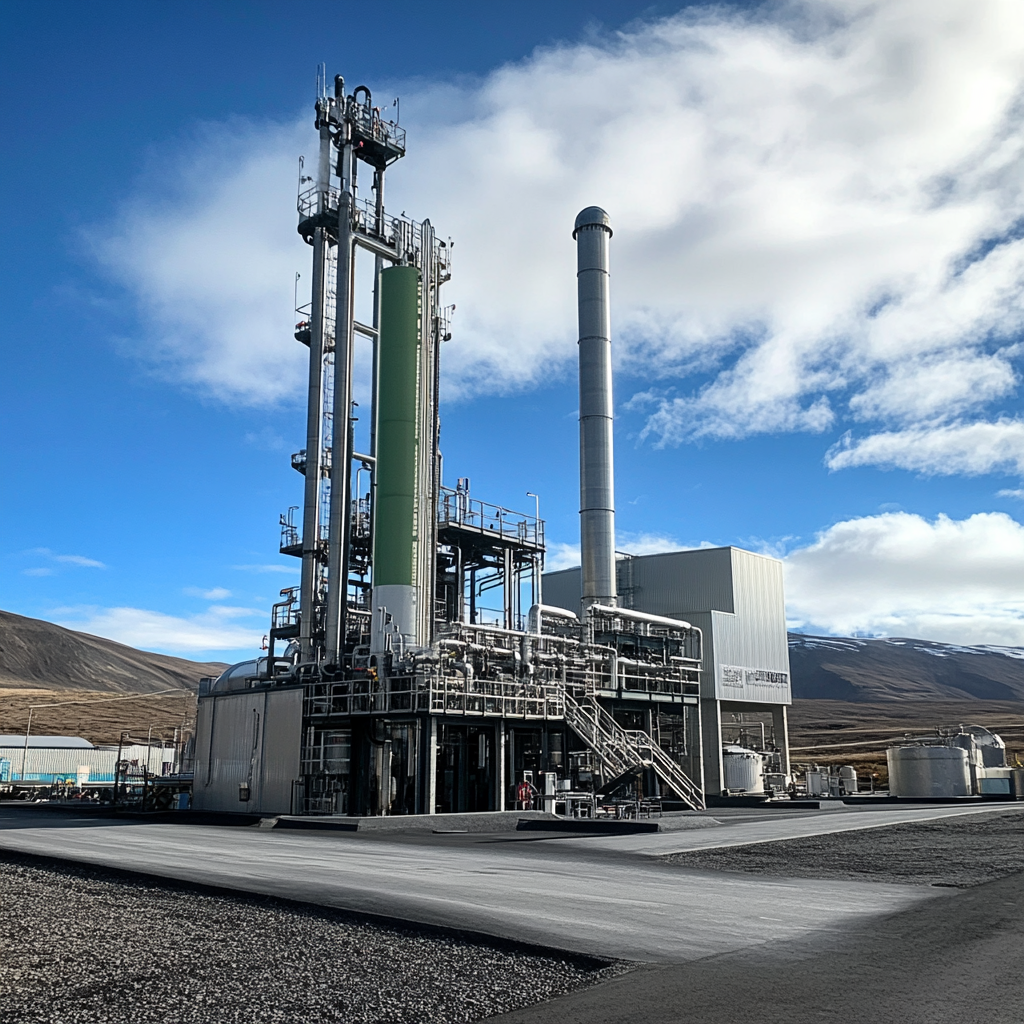Every year, humanity is faced with the growing consequences of climate change. In the spotlight is carbon dioxide (CO₂), the main greenhouse gas. One of the most promising approaches to combat it is CO₂ capture, storage and recycling technologies, known as carbon traps or Carbon Capture.
What are carbon traps?
Carbon traps are systems that extract CO₂ from the atmosphere or industrial emissions. There are several approaches:
- Commercial Capture (CCS) — capture CO₂ from power plant and factory stacks and process/storage.
- Direct Air Capture (DAC) — extract carbon dioxide directly from the atmosphere.
- Mineralization — binds CO₂ to rocks and converts it into minerals.
- Bioremediation — uses algae or bacteria to utilize carbon dioxide.
Where are these technologies already in operation?
Iceland – is a leader in DAC technologies. The Climeworks and CarbFix project captures CO₂ and injects it into basalt rocks, where it is mineralized.
Canada — Carbon Engineering is developing large-scale direct capture plants with the ability to recycle CO₂ into fuel.
The United States and Norway – are implementing industrial capture projects at oil refineries and thermal power plants.

CO₂ recycling: how does carbon dioxide become useful?
Captured CO₂ can be:
- converted into synthetic fuel (e-fuel);
- used in the production of plastic, concrete, fertilizers;
- sent to greenhouses to stimulate plant growth;
- used in the food industry (for example, for soda).

How effective and safe is it?
- ✔️ CCS and DAC technologies are already showing efficiency, but remain expensive.
- ✔️ Stable geological structures are used to store CO₂.
- ✔️ Challenges arise – energy costs and public perception.
In 2024, developments are underway to reduce the cost of capture and scale up systems.
Why is this important?
According to the Intergovernmental Panel on Climate Change (IPCC), without carbon capture technologies, humanity will not be able to keep warming within +1.5°C.
Carbon traps are not an alternative to reducing emissions, but an important addition. They allow you to “zero out” residual emissions in industries where decarbonization is difficult: aviation, metallurgy, cement.
Carbon traps are one of the most technologically complex, but necessary, initiatives in the fight against climate change. They are already in operation in Iceland, Canada, the United States, and other countries. And tomorrow they could become an integral part of every factory, power plant, and even urban landscape.

Leave a Reply